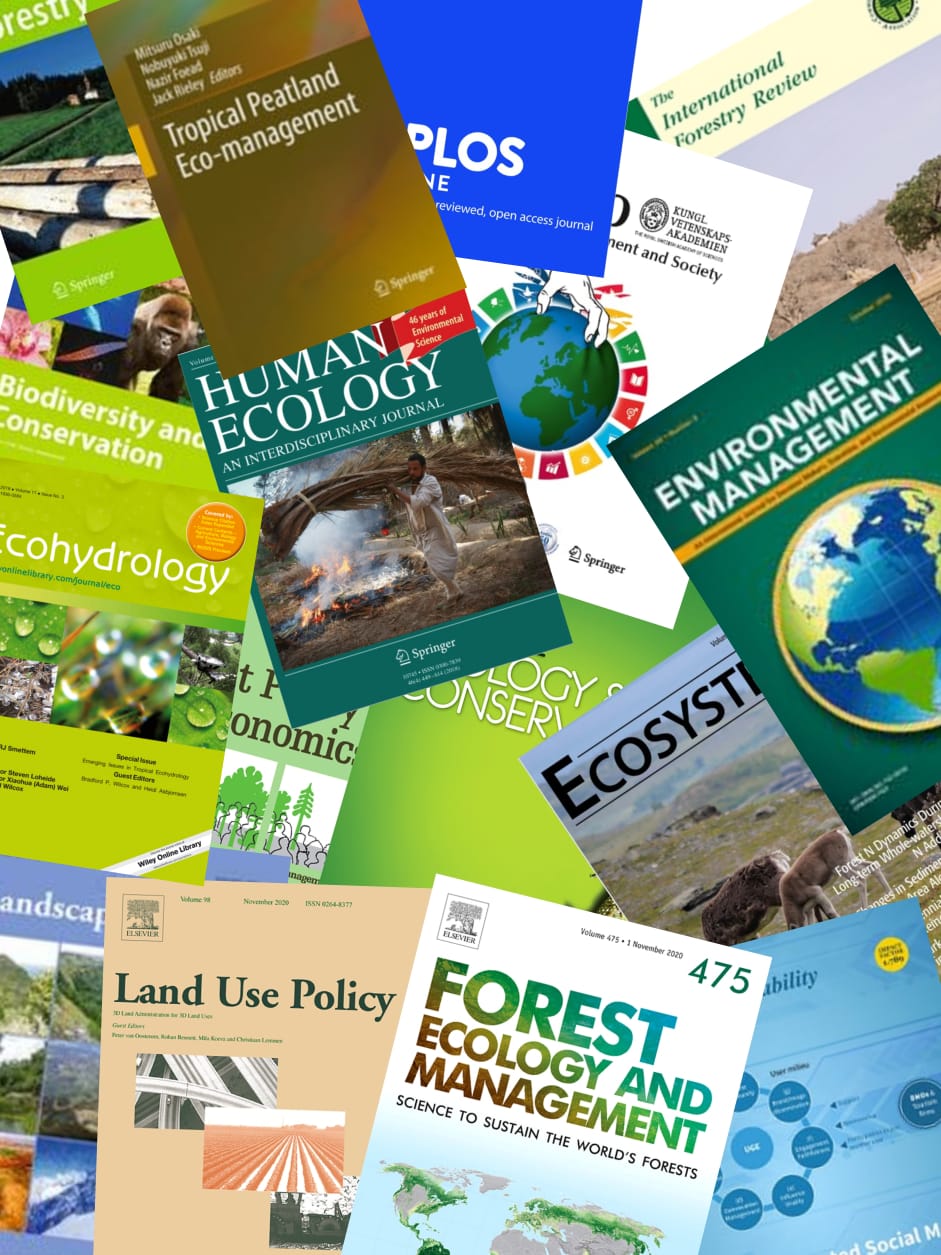
Share this
In Western Australia, peat is distributed throughout the Swan Coastal Plain, in the South West and North West regions of the State. Peat is typically associated with wetlands and its distribution has significantly reduced over the past 100 years. The major threats to the current distribution of peat are fire and land use changes. Peat is thought to be at increased risk of fire in particular due to the proximity of residential development and the drying period being experienced in South Western Australia. Peat, largely arising from accumulated plant matter, burns very easily when dry and fire in these systems is often very hard to extinguish due to the depth of material. Peat smoke is made up of a complex mixture of water vapour, gases and fine particles. In general, peat smoke is characterized by high concentrations of organic carbon, elemental carbon, and potassium. The gases in peat smoke include carbon monoxide, carbon dioxide, nitrogen oxides, sulfur oxides, carbonyl compounds, polycyclic aromatic hydrocarbons and other irritant and hazardous volatile organic compounds. All of these have been shown to cause deleterious physiologic responses at high concentrations in laboratory studies of animals and a limited number of chamber studies of humans at lower concentrations. There is little known about the health effects of exposure to peat smoke as few studies have focused specifically on this potential source of air pollution. Information is, however, available on the composition of peat smoke and there are some studies arising from specific fires which resulted from burning of underground environments, including events in Russia, USA and Indonesia. Peat smoke therefore represents a concern for communities living in areas where there is an increased risk of fire and where duration of fire in these systems is lengthy. This paper presents a review of information available on adverse health effects, notably respiratory diseases and symptoms, associated with components of peat smoke. The health effects reported from epidemiological studies from which exposure to peat fires has been referenced is also reviewed, along with a summary of some of the literature on exposures to bushfire smoke which shares similar components to peat smoke. © Royal Society of Western Australia 2005.

